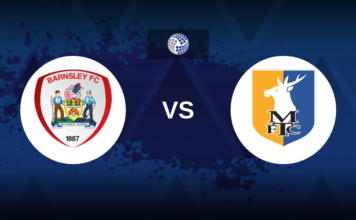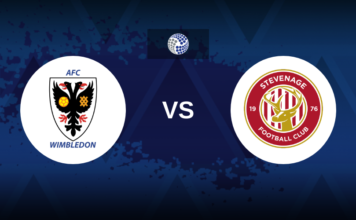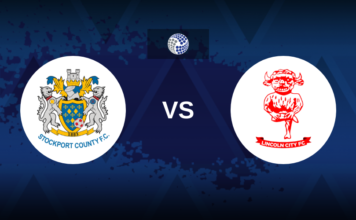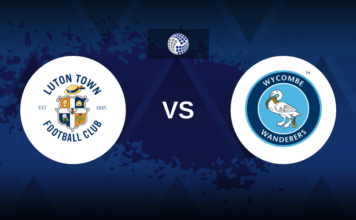They were more than a team — they were a brand, a spectacle, a revolution. But the Galácticos showed us that stars alone don’t win titles.
What happens when you take the biggest football club in the world and decide to build a team of superstars like they’re collectible action figures? Not just great players, but global icons. Men who could walk off a football pitch and straight into a fashion shoot. Legends whose names echoed from Tokyo to Toronto.
Real Madrid wasn’t just building a football team in the early 2000s. They were creating a cultural juggernaut — a spectacle designed to dominate both on the pitch and across the global market. This was the era of the Galácticos. And it was as dramatic as it was unforgettable.
But when you fill one dressing room with megastars, the results aren’t always magical. The very ambition that made Real Madrid look invincible on paper would eventually become the reason they faltered on the field.
This is the story of how Real Madrid tried to build football’s version of the Avengers — and why it all came crashing down.
The Perez Revolution Begins
To understand the Galácticos project, we go back to the year 2000. Florentino Pérez wasn’t yet Real Madrid president, but he had a plan to win the election: he promised fans the impossible — the signing of Luis Figo from arch-rivals Barcelona.
At the time, Figo was Barcelona’s golden boy. To even imagine him in white was madness. But Pérez activated his release clause with a record fee. It worked. Pérez won the presidency, and Figo became the first Galáctico.
From there, the plan was clear. Every summer, Real Madrid would add a new global superstar:
- 2001: Zinedine Zidane from Juventus.
- 2002: Ronaldo Nazário from Inter Milan.
- 2003: David Beckham from Manchester United.
With existing legends like Raúl, Iker Casillas, Roberto Carlos, and Guti, this team wasn’t just good — it was iconic.
Footballing Magic, At First
The early years were a joy to behold:
- La Liga title in 2001.
- Champions League glory in 2002, including Zidane’s legendary volley against Bayer Leverkusen.
- Intercontinental Cup and another league title in 2003.
The Bernabéu was electric. Real Madrid became the most valuable sports franchise in the world. Stadiums filled, merchandise sales soared, and the Zidanes y Pavones philosophy — pairing superstars with academy talent — seemed like genius.
The Cracks Appear
But soon, the flaws emerged. The biggest? Balance.
In 2003, Real Madrid let midfield anchor Claude Makélélé go to Chelsea. Pérez famously said Makélélé “doesn’t sell shirts.” Yet his departure tore out the team’s spine. Even Zidane admitted years later that Makélélé was the engine.
Then came another controversial move — sacking manager Vicente del Bosque. Despite winning two Champions League and two La Liga titles, Del Bosque was replaced. Why? He didn’t fit the “modern image.” A string of unstable replacements followed: Carlos Queiroz, José Antonio Camacho, Vanderlei Luxemburgo — none could control the egos or restore harmony.
Chaos in the Capital
By 2004, the project was unraveling:
- Ronaldo was skipping training.
- Beckham raised questions about balance.
- Figo was fading.
- Raúl lost his influence.
- Zidane couldn’t do it alone.
Between 2004 and 2006, Real Madrid won nothing — not La Liga, not the Champions League, not even a Copa del Rey. Meanwhile, their rivals Barcelona were ascending, building a well-balanced team around Ronaldinho, Xavi, Iniesta, and a young Lionel Messi.
The Galácticos became a symbol of style over substance — a team packed with stars but no soul. The tactical structure was flimsy. Opponents exploited their weak midfield and exposed their vulnerabilities.
The Dream Ends
In 2006, Pérez stepped down. The first Galáctico era ended in failure. Real Madrid still ruled in terms of global recognition, but football is measured in silverware. And between 2003–2006, Madrid had none.
Galácticos 2.0 – The Evolution
But the story didn’t end there.
When Pérez returned in 2009, he reignited the Galáctico model — but smarter this time. Madrid signed:
This time, there was balance. Xabi provided control. Benzema brought intelligence. Cristiano delivered goals. Under this more balanced vision, Real Madrid went on to win four Champions League titles in five years — including a three-peat under Zidane from 2016 to 2018.
The Legacy of the Galácticos
So how should we remember the Galácticos?
From a cultural and commercial standpoint, they were a game-changer. They made football bigger, louder, and more glamorous. Figo, Zidane, Beckham, and Ronaldo turned Real Madrid into the ultimate football fantasy.
But if you judge by trophies? The original Galácticos underperformed. Too many egos. Not enough structure. A dream that dazzled, but ultimately burned out.
And yet, their story influenced everything that came after. Modern-day Paris Saint-Germain and Chelsea have tried similar superstar-heavy models — often with mixed results.
Final Thoughts
The Galácticos taught us that football is still a team sport. You can have eleven stars, but without tactical cohesion, chemistry, and hard work, brilliance fades.
They were the greatest team never to truly dominate. But they also paved the way for football to evolve into the global spectacle we know today.
A golden dream — with a grey ending.
What do you think?
Were the Galácticos a failed experiment or a necessary step in football’s transformation?
Let us know in the comments. And don’t forget to share this with fellow fans of the beautiful game.
Would you like help adapting this into a video script or creating visuals for a social post?







